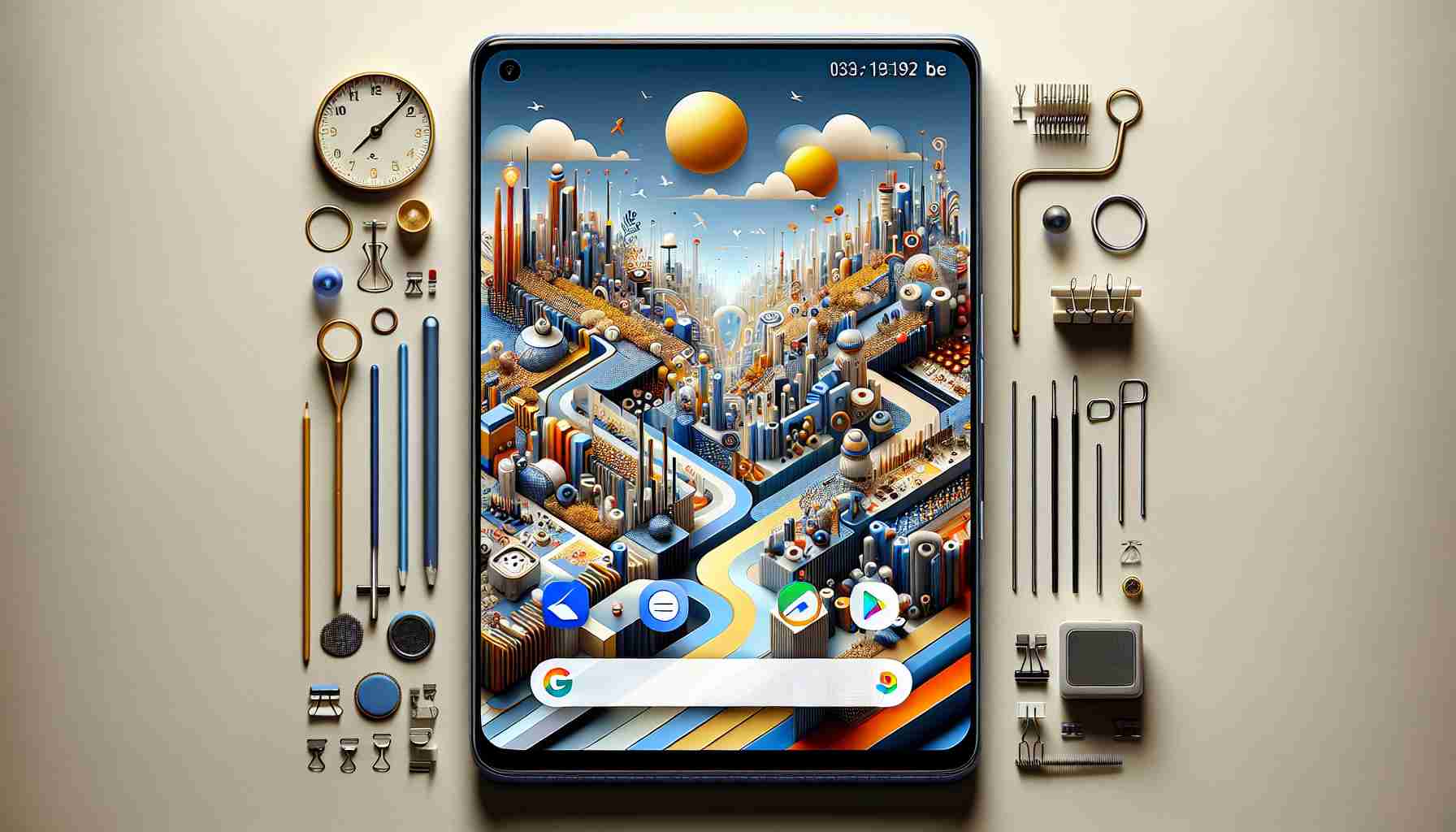The Pixel 8a joins the Pixel 8 series in its ability to beam screen contents to an external display through USB-C. This newly discovered functionality arrives with the Android 15 beta and does not require any arduous setup – it’s essentially a plug-and-play feature.
Reddit member deedsdude1 first uncovered the feature, and publications such as Android Police and Tom’s Guide have since verified its presence on devices running the latest Android beta version. The newly introduced feature allows for seamless screen mirroring without having to navigate deep into USB settings, enhancing user convenience.
Interestingly, despite its convenience, once the screen mirroring prompt is dismissed, users find that there is no straightforward method to reinitiate the feature without disconnecting and reconnecting the USB-C cable. Despite this, the feature performs admirably, with negligible latency or output quality concerns.
This update is particularly significant for Pixel fans who have long awaited the USB-C monitor connection capability. The initial inclusion in the Pixel 8 series and now the Pixel 8a indicates a strategic shift by Google towards embracing the functionality of full-screen experiences.
Adding to the intrigue, Google reportedly revealed a version of ChromiumOS running on a Pixel 8 at a discrete demonstration, suggesting potential deeper integration of desktop-like features in the future.
With the Google I/O developer conference having just passed, with its focus on Gemini and AI, Android 15 news was sparse. Yet, for Pixel 8a owners, or those eyeing the device, the addition of screen mirroring is a substantial enhancement worth exploring either via the Android 15 beta or the impending final release slated for the end of summer or early autumn.
The article discusses the addition of a prominent feature from the Pixel 8 series to the Pixel 8a via the Android 15 beta—an easy-to-use screen mirroring function through USB-C. Below are key questions, challenges, and controversies related to the topic, along with a description of advantages and disadvantages:
Key Questions and Answers:
1. What is screen mirroring?
Screen mirroring, also known as screen casting, allows a phone, tablet, or computer screen to be displayed on another screen, typically a monitor or TV, via a wired or wireless connection.
2. How does the USB-C screen mirroring compare with other methods like Chromecast or wireless options?
USB-C screen mirroring typically offers lower latency and does not require a stable wireless network, unlike wireless options such as Chromecast. However, it does require a physical connection between the devices.
3. Will the screen mirroring feature be available on other Pixel models?
While the article specifies its availability on the Pixel 8 and Pixel 8a, it doesn’t state whether older Pixel models will receive the feature. This information would depend on Google’s update policies and the hardware capabilities of the various devices.
Key Challenges or Controversies:
– Usability might be a challenge since once the screen mirroring prompt is dismissed, users have no straightforward way to restart the feature without physically reconnecting the devices.
– Compatibility with different external displays and their resolutions or specifications could be a potential challenge or limitation for the feature.
Advantages:
– The plug-and-play nature of the feature simplifies the setup process for screen mirroring, making it more accessible to users who may not be tech-savvy.
– Minimal latency and output quality issues enhance the overall user experience and reliability of the connection.
– The feature contributes to a more versatile use of the smartphone, potentially extending its functionalities in professional and entertainment contexts.
Disadvantages:
– The physical tethering might be considered inconvenient for users preferring wireless solutions.
– Dismissing the screen mirroring prompt without an easy way to re-enable the feature may lead to frustration among users.
For those interested in further information or future updates from Google, the official Google weblog is a valuable resource: Google Blog.
Stay tuned for more details, likely to be provided around the final Android 15 release date which, according to the article, is expected by the end of summer or early autumn.
